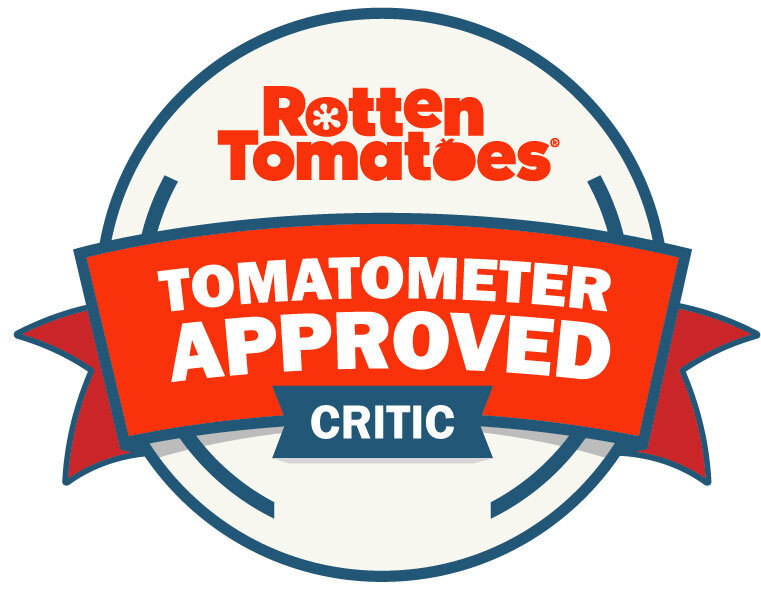1931 // USA // Charles Chaplin // March 4, 2011 // Theatrical Print (Webster University Moore Auditorium)
[City Lights was screened on March 4, 2011 as a part of the Webster University Film Series' retrospective on the feature films of Charles Chaplin.]
It's challenging to approach a work as enduring and esteemed as City Lights without expectations. This was my first re-visitation of the film since a thinly-recalled childhood viewing, and I was keen to silence the buzzing cogs of cerebral cinephilia in order to simply experience the thing. (Keeping in mind, of course, that this is not the same as "turning your brain off and having a good time," as defenders of awful films would suggest we do.) Fortunately, Chaplin's best films encourage just this sort of rapt emotional engagement, and City Lights is no exception. The film is a triumph of escapism, effortlessly transporting the viewer out of their everyday lives and into the silly, lonely existence of the Little Tramp. His is a straightforward and tattered sort of existence, animated in its particulars but remarkably static in overview. The Tramp has no home and no job, and therefore no need to trace a daily roundabout path between the two. His concerns are pragmatic and short-term: milking every unlikely passing situation for its simple joys, all while evading the authorities and the jibes of disdainful onlookers. (I was reminded, despite myself, of Henry Chianski's cheerful declaration in Barfly: "No money, no job, no rent. Hey, I'm back to normal!") Suddenly: the monkey wrench. Enraptured by the Blind Girl, the Tramp discovers a pure and selfless love that compels him to seek out--gasp!--employment, putting his dignity and even his pasty little frame on the line for the Object of His Desire. It is that current of earnest longing that makes City Lights a sublime work of art rather than a "mere" sequence of masterful comic set pieces. The almost ecstatic vulnerability of the film's celebrated final scene reveals Chaplin as a profoundly humanist filmmaker. He heightens our awareness of every titter and guffaw we uttered at the Tramp's plight, highlighting that his silly antics are rooted in the most desperate and universal of human impulses: to be accepted, embraced, and loved, just as we are.









